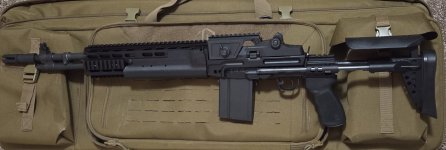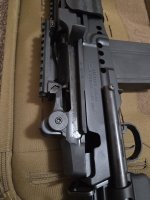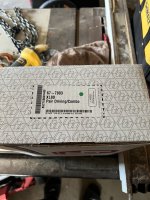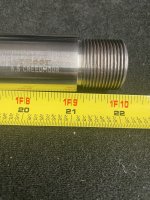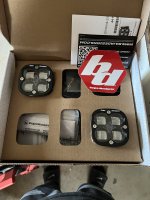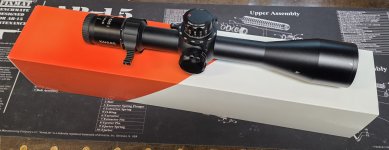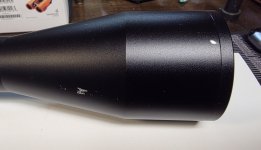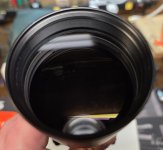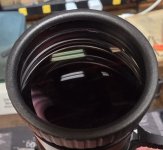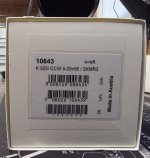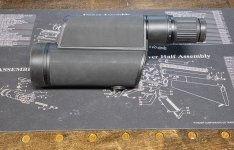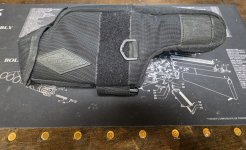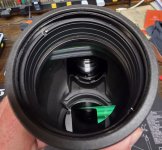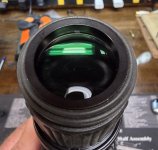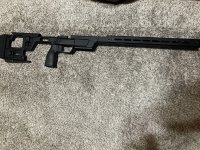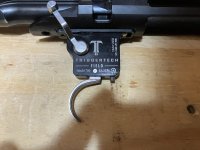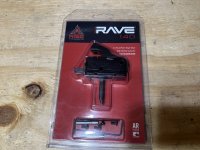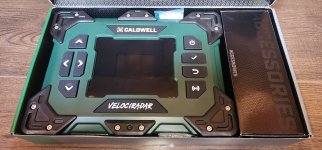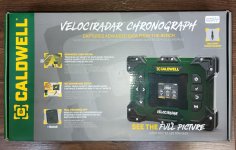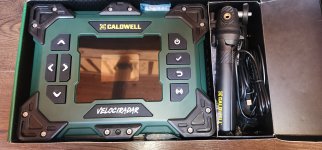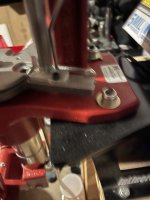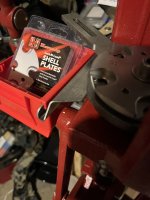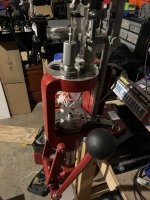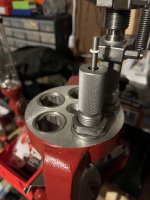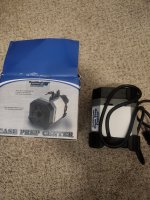Firearms Fulton Armory MK14 EBR Mod 0
- By Guyslee
- Buy - Sell - Trade
- 2 Replies
Interested in trading or selling this MK14
Built by Fulton Armory, Criterion 18.5" Match G.I Profile barrel. Has about 200rds thru it, and is in otherwise great condition.
Mainly interested in trades for other higher end rifles or parts, SR25 upper, LMT MARS-H, MR556A4, 300prc/7prc bolt guns. Open to other offers too. Will sell
TV: $3750
Built by Fulton Armory, Criterion 18.5" Match G.I Profile barrel. Has about 200rds thru it, and is in otherwise great condition.
Mainly interested in trades for other higher end rifles or parts, SR25 upper, LMT MARS-H, MR556A4, 300prc/7prc bolt guns. Open to other offers too. Will sell
TV: $3750

